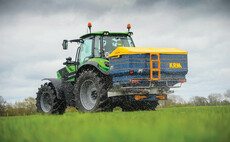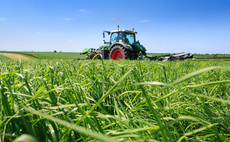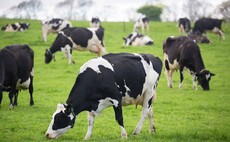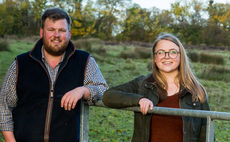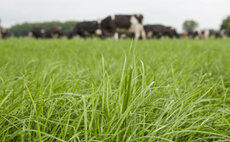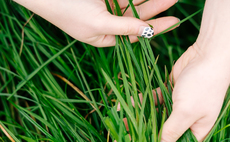grass
Dairy
Expert highlights that establishing herbal and multi-species leys is fundamentally different from grassland reseeding
Livestock
As soils start to warm and farmers head out with the fertiliser spreader, it is important to plan nitrogen applications to avoid compromising the ability to take an early first cut
Livestock
Reflecting on last year's silage season and ensuring everything is ready ahead of cutting this year will pay dividends
Livestock
Deeside Monitor Íæż½ã½ã Duncan and Claire Morrison trialed finishing bulls at grass last summer
Dairy
How and why milk from forage should be optimised, regardless of system type was discussed at Mole Valley Íæż½ã½ã' recent Farmer Expo event in Shepton Mallet
In your field
James and Isobel, with their two young children, recently bought their first farm, and plan to run beef and sheep over 13.8 hectares (34 acres), renting a further 44.5ha (110 acres). James works for tech firm Breedr as UK country manager
Livestock
Often thought of as a tickbox exercise to conform with regulatory requirements, investing in a detailed nutrient plan can deliver significant benefits for dairy and livestock producers, with new technology now set to make the task significantly easier
Livestock
A conference to celebrate 25 years of Northern Ireland's GrassCheck service looked at how the project is helping to deliver a sustainable future for ruminant agriculture
Dairy
A flush of grass growth in September after recent rainfall has helped boost production
In your field
In your field: Helen Stanier - 'At this point they decided that their midnight snacking wasn't over'
Helen is a fifth-generation farmer who farms with her parents, David and Anne Shaw, husband, Craig, and their children, Alfred and Hattie, at Grey Leys Farm in the Vale of York. The farm comprises 162 hectares (400 acres) of grass, maize and wholecrop for the herd of 240 pedigree Jersey cows and more than 200 followers

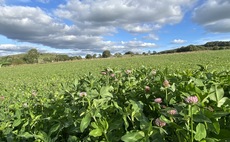
 17 April 2025
•
6 min read
17 April 2025
•
6 min read
